In 2014 the National Museum of African American History and Culture acquired Kenya Robinson’s sculpture Commemorative Headdress of Her Journey Beyond Heaven. To most people this probably seems like a pretty straightforward endeavor: Artist makes something, museum acquires it, museum displays it, and then visitors reap the rewards.
There’s one step in there that got glossed over. How do you hang it up?
The answer is much more complicated than a trip to the hardware store.
Mounts are incredibly specialized pieces of equipment. They need to support the object, add no additional stresses to it, and be made of conservation-friendly materials (which vary depending on the object). In addition, they must be crafted by hand. There is no mount superstore. You can’t just go pick up a gross of mounts.
Smithsonian Exhibits made more than 2,500 mounts for the National Museum of African American History and Culture. And every last one was custom-made.
The real kicker? After all that work, a mount must fade into the background. The best mounts are the ones visitors don’t notice.
In a way that’s a shame. These mounts are artworks unto themselves.
Zach Hudson, a mount maker in our 3D Studio, was kind enough to walk me through the process of making the mount for Commemorative Headdress of Her Journey Beyond Heaven. All photographs below were taken by Carolyn Thome for Smithsonian Exhibits. The artwork is courtesy of the Collection of the Smithsonian National Museum of African American History and Culture, © Kenya.


The conservator determines how the artwork can be handled, where it can and cannot bear weight, and what materials can be used in the mount. The mount materials are chosen for both durability and conservation, making sure that nothing will react with the object and damage it. Then Zach makes a plan for the object mount. If possible, he’ll use existing connection points to attach the bracketing, which reduces stress on the object.
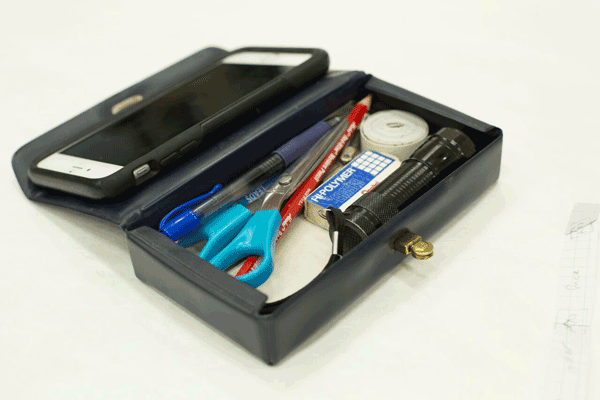
To create his plan, Zach has to measure the object.
Documenting the object means taking a lot of photographs.

Then, working with the data—the measurements, the selection of bolts to support the brackets, and the materials that can be used for the mount—Zach creates his plan for the mount.
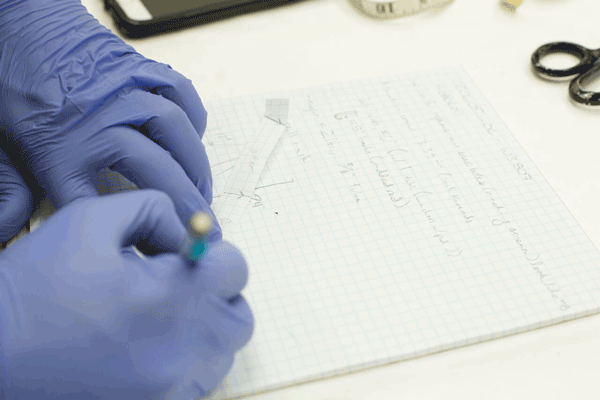
After all of this, fabrication can begin. This mount will be made from brass, which means that Zach’s first step is annealing, or heating the brass to a glow and then letting it cool slowly. This changes the hardness and flexibility of the brass, making it easier to bend and shape the metal.

Next is brazing, in which two pieces of metal are joined together. Brazing uses a chemical coating called flux that allows liquid silver to flow freely over a metal surface. When the brass is heated, it creates “capillary action,” a reaction in which the capillaries in both pieces of metal expand, and the liquid silver is sucked in to both pieces. When the brazed pieces cool, the liquid silver solidifies, bonding the two pieces together.
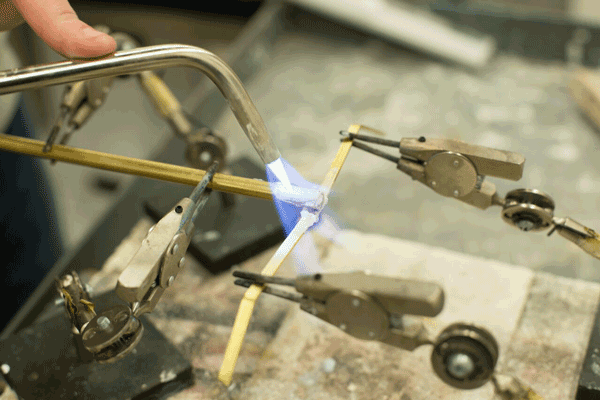
Once the mount is formed, it needs a test fit.

After Zach is satisfied with the fit, it’s time to paint the mount.
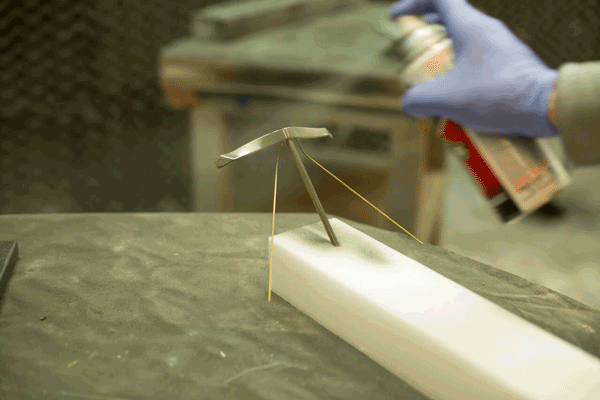

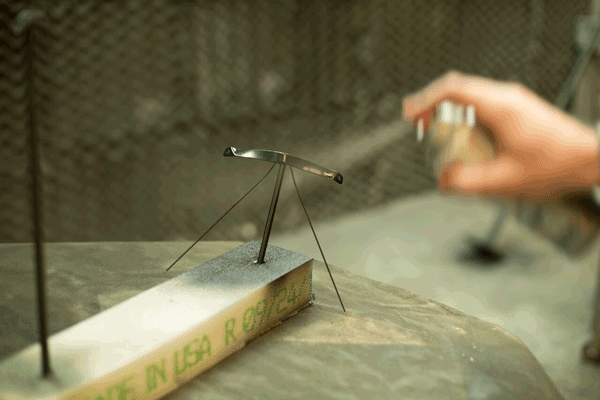
The object gets one more fitting (and some photo documentation for future reference) in our 3D Studio before getting packed up and returned to the National Museum of African American History and Culture.
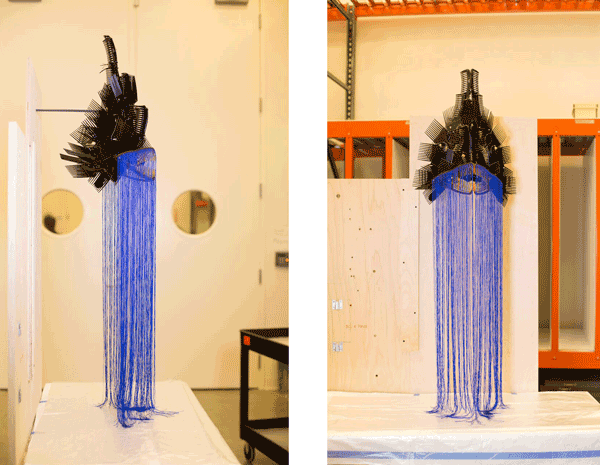
In the final step, the headdress is installed in its case at the museum.
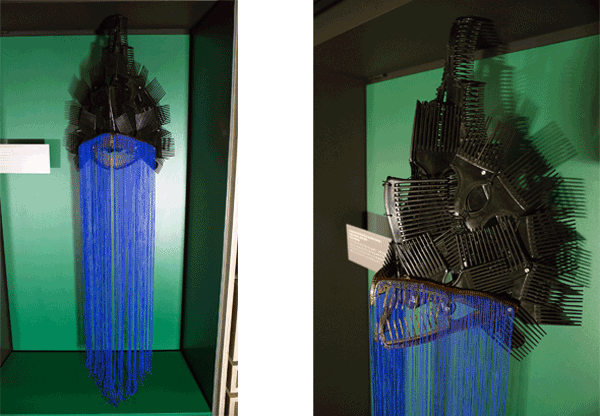
You can visit this—and many, many other incredible objects—at the new National Museum of African American History and Culture. You’ll also visit our 2,500+ mounts, but despite all this work, we hope you don’t notice them.

